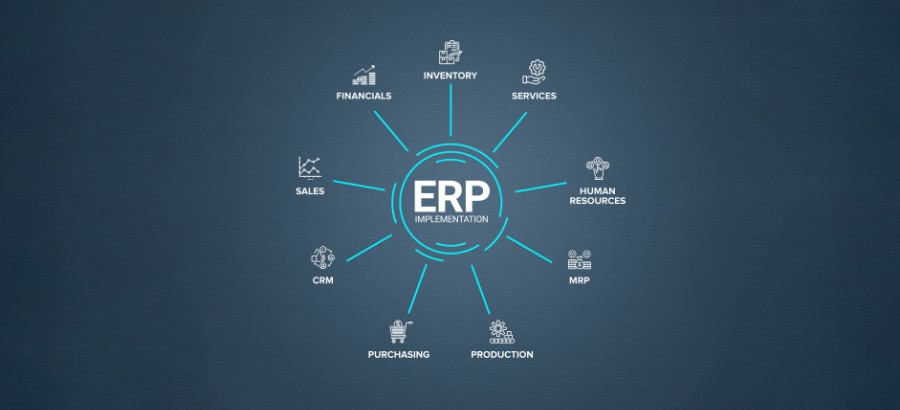In my last blog I introduced you to the “resistance-gnomes” – those very human voices that cry out in plaintive (or angry) voices at the smallest suggestion of change. Recognizing their humanity, however, does not mean giving them license to hinder your ERP implementation activities or even slow them down. As Harold Wilson, former Prime Minister of the UK, once remarked: “He who rejects change is the architect of decay.”
I would like to add to that thought: “He who rejects change management is not doing his (or her) company any favours!” The last several decades have seen many ERP implementation failures due in part to a lack of employee buy-in. You might remember the commotion over the implementation-related bankruptcy of US$ 5 Billion pharma company FoxMeyer Drugs, which experienced considerable employee sabotage, including damaged inventory and unfilled orders.
Such bleak scenarios are avoidable. The key to managing personnel during an ERP implementation is to make a change management plan. Even before that, however, change management should be explicitly recognized, enterprise-wide, as a primary tool for leveraging the return on your ERP investment. It is clear, if you think about it, that the best practices of your new ERP system will not – and cannot – be effectively utilized if your employees are unmotivated, under-trained, and attitudinally misaligned. This is as much about money as it is about people.
On a practical level, it’s important to recognize that change management lies somewhere on the intersection of science, art and faith – it requires an analytical mind.
If it’s your first time attempting to proactively manage change, you should probably invest in a training course or hire a consultant, just to reinforce that you have created a valid, effective process. Initial clear goal setting for the outcome of your ERP implementation is imperative. As you’ll note as you surf the Internet, there are different approaches to change management, some rooted in simplicity, others insisting on formulae that may seem (at least initially) a little daunting. Do your research, and choose the one that makes sense to you.
To my mind, there are five key steps on your change-management journey:
- Identify everyone who will be affected by your upcoming ERP implementation (this is probably a bigger group than you initially thought).
- Communicate to all concerned the changes that are coming, and the timeline on which they’ll happen.
- Establish the compelling business reasons that make ERP implementation necessary.
- Explain how employees should behave in order for the project to succeed.
- Give frequent project updates, always reiterating steps two through four.
If it ever feels like you are over-communicating, or that your audience could give your presentation because they’ve heard it so many times, you are exactly where you want to be.
Change can be made easier and even embraced when you have personnel buy-in and management support to reach goals which were agreed upon at onset of the project and have a known outcome when implemented. There is no question that on one level, ERP is a technical project, requiring intelligent design, seamless logic and sophisticated math. But no matter how robust the solution, ERP will only be successful if people embrace it and use it as designed as their solution.







